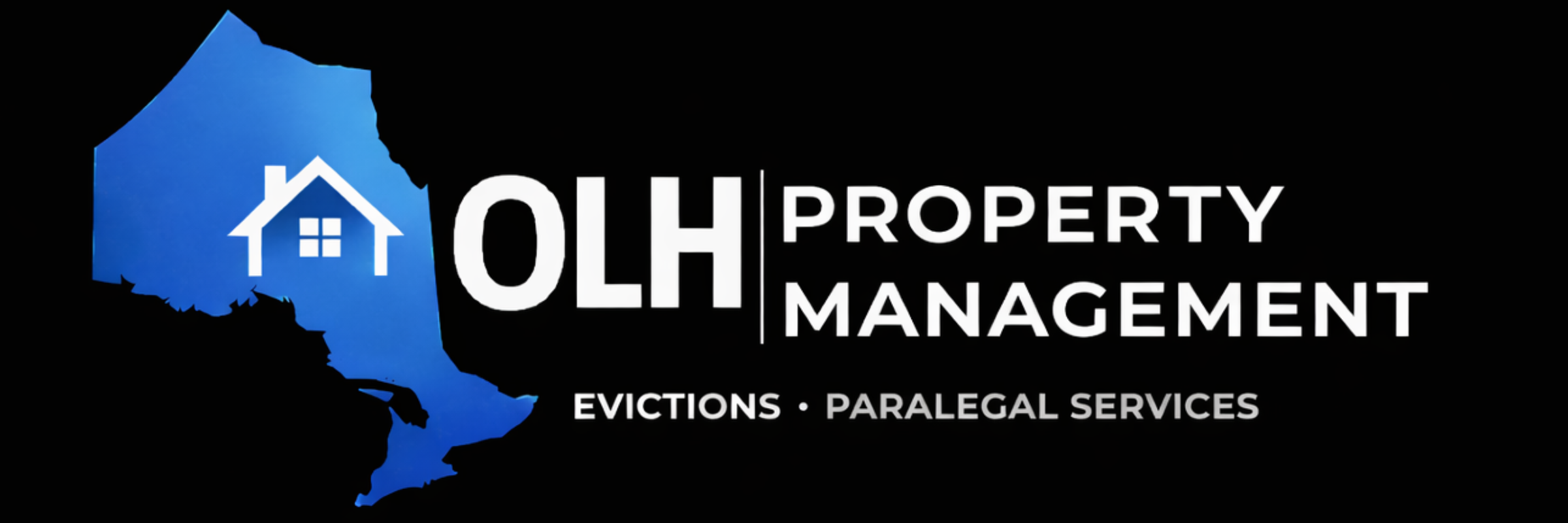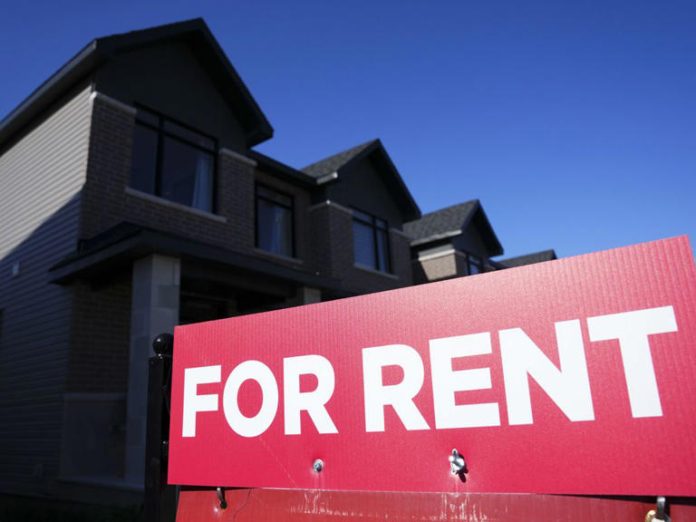- Immediate Rental Supply Boost: Over-housed homeowners could significantly increase rental supply by making surplus basements and secondary units available. This potential resource, often overlooked due to broken dispute resolution mechanisms, could help bridge the affordability gap.
- Challenges with Dispute Resolution: Ontario’s Landlord and Tenant Board (LTB) is widely criticized as dysfunctional, failing to satisfy both landlords and tenants. The provincial ombudsman’s report, “Administrative Justice Delayed, Fairness Denied,” underscores the urgent need for reform to enhance housing affordability.
- Backlog and Delays: The backlog at LTB has ballooned from 20,000 cases in 2020 to 53,000 by March 2023. On average, eviction cases for non-payment take 342 days to resolve, highlighting systemic inefficiencies that hinder swift resolution for landlords seeking relief from problematic tenants.
- Impact on Landlords: The backlog disproportionately affects landlords, who file the majority (84%) of complaints. Delays in scheduling hearings exacerbate their challenges, with some waiting up to nine months to begin proceedings, while tenants may wait up to two years for their cases to be heard.
- Case Study: The ombudsman’s report cites tragic cases of landlords, such as one battling cancer, facing prolonged delays in eviction proceedings. Such delays can have dire consequences, including the loss of property or exacerbation of health issues due to lack of timely resolution.
- Resource Constraints: LTB’s adjudicatory staff numbers have dwindled despite escalating caseloads. The tribunal started with 40 full-time and 10 part-time adjudicators, reduced to 35 full-time and 43 part-time by January 2023, underscoring inadequate resources to manage the growing demand for dispute resolution.
- Comparative Analysis: In contrast, British Columbia’s Residential Tenancy Branch (RTB) resolves disputes far more swiftly, with expedited hearings scheduled within 12 days and urgent matters heard within six days. Despite recent workload increases, RTB manages to resolve disputes within weeks to months, contrasting sharply with Ontario’s prolonged timelines.
- Governmental Challenges: The appointment process for Ontario’s adjudicators is lengthy and cumbersome, involving 122 steps and significant delays of three to five months for approval. Turnover among adjudicators further complicates cases, leading to the reevaluation of prior decisions and prolonging resolution times.
- Potential Solutions: Reforming LTB to emulate RTB’s efficient model could expedite resolution processes and encourage homeowners to rent out underutilized space without fear of prolonged legal battles. Such reforms could unlock tens of thousands of potential rental units, thereby bolstering housing affordability across Ontario.
- Conclusion: Improving Ontario’s dispute resolution system is critical for fostering a rental market that benefits both landlords and tenants. Swift and fair resolution of disputes not only protects property rights but also encourages housing supply growth, contributing positively to overall affordability in the province.



